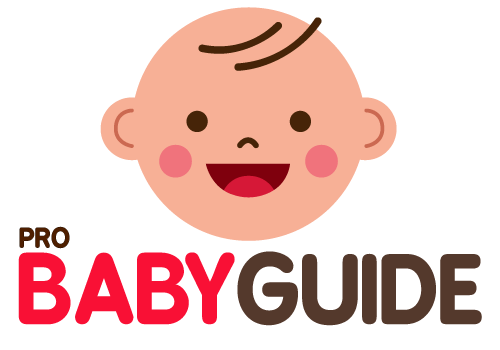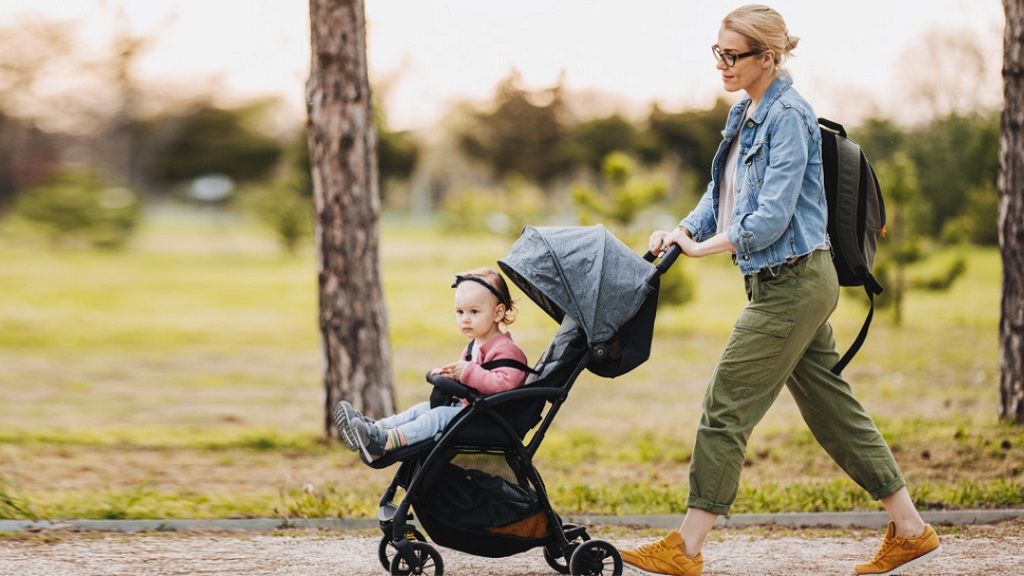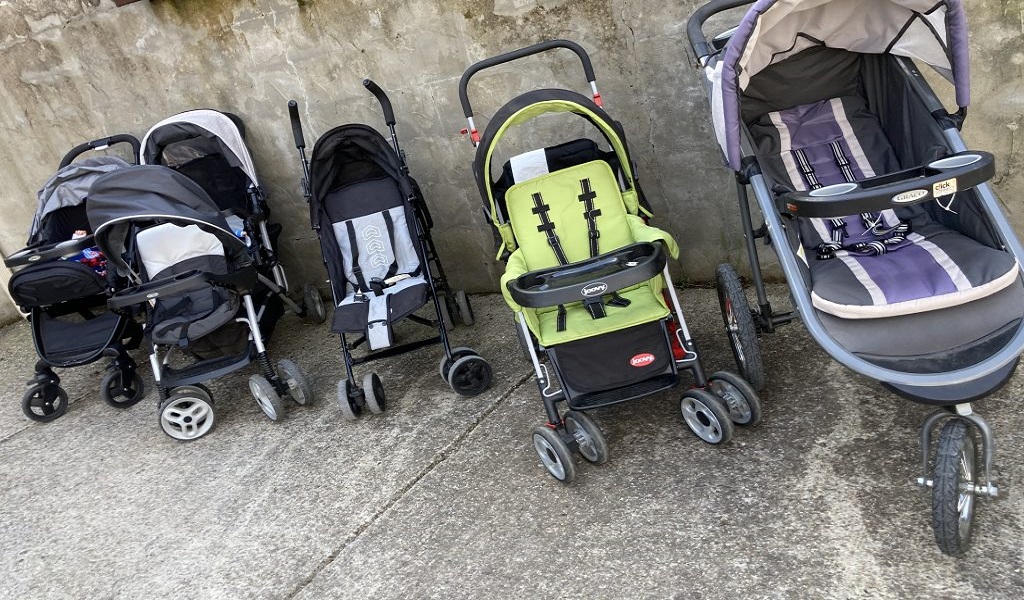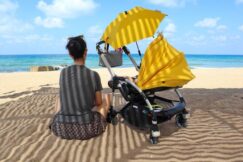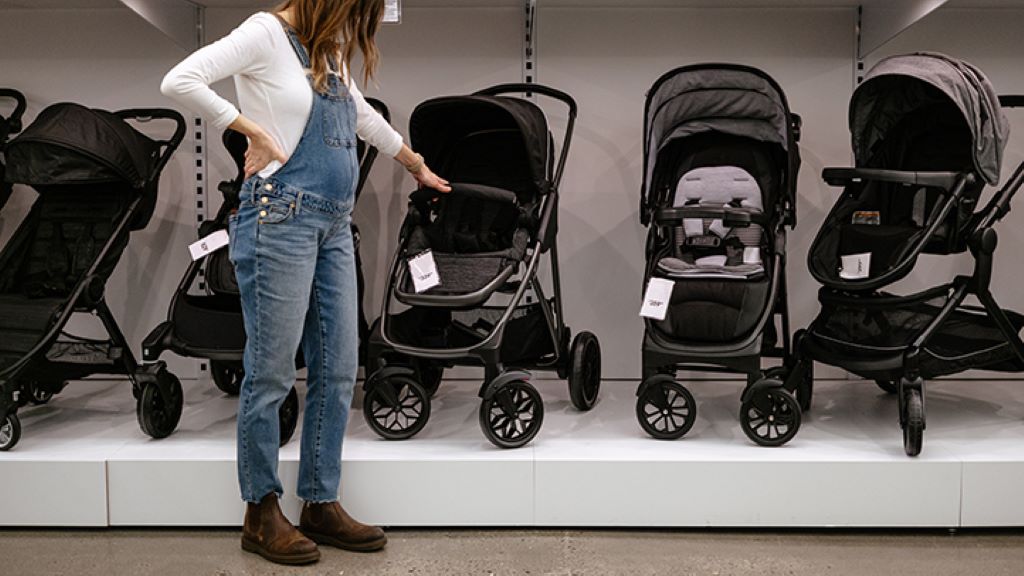Are you overwhelmed by the plethora of stroller options flooding the market? “How many strollers do I need?” is a question that echoes in the minds of countless caregivers, and today, we’re here to provide the answers you seek. Welcome to our comprehensive buying guide, where we’ll delve into the world of strollers and unravel the mystery behind choosing the perfect set of wheels for your little one.
From lightweight wonders for quick errands to all-terrain beasts for adventurous souls, we’ll explore the “how many strollers do you really need” dilemma and address the age-old question – “Are strollers necessary”? Get ready to embark on this informative journey, and by the end, you’ll be equipped with the knowledge to make the right choice for you and your bundle of joy. So, let’s dive in and navigate the stroller maze together!
How Many Strollers Do You Really Need?
The number of strollers you need depends on your personal circumstances and requirements. Here are some factors to consider when determining how many strollers you might need:
- Number of Children: If you have one child, a single stroller may be sufficient. However, if you have twins or multiple young children, you might need a double or triple stroller.
- Age of Children: As children grow, their stroller needs may change. For infants, you might need a stroller compatible with an infant car seat or a bassinet attachment. As they grow older, a lightweight and more maneuverable stroller might be more suitable.
- Lifestyle and Activities: Consider your lifestyle and the activities you frequently engage in. For example, if you like to go jogging or off-road walking, a jogging stroller with sturdy wheels might be essential.
- Transportation: If you often travel or use public transportation, you might need a more compact and easily foldable stroller.
- Secondary Locations: If your children spend time at different caregivers’ homes or if you have multiple residences, you might benefit from having strollers in each location to avoid constant transportation.
- Budget: Strollers can vary greatly in price, so consider your budget when deciding how many to purchase.
Many parents find having at least one versatile and reliable everyday stroller to be sufficient. If you have specific needs for different situations, you can consider getting additional strollers. Keep in mind that some strollers come with features that adapt as your child grows, which can be cost-effective in the long run.
Ultimately, the decision on how many strollers you need is a personal one based on your family’s unique needs and lifestyle.
Assessing Your Lifestyle and Needs
Before diving into the world of strollers, take a moment to evaluate your lifestyle and daily activities. Consider the places you frequently visit, such as the mall, parks, or crowded areas. Assess your mode of transportation and storage space at home. These factors will help you determine the number of strollers most practical for your situation.
Top Cheapest Strollers
Here are the cheapest strollers, along with their prices and some of their key features:
| Rank | Stroller | Price | Key Features |
1 | Lightweight, compact, and easy to fold. Can be used from birth to 50 pounds. | ||
2 | Lightweight, portable, and easy to maneuver. Can be used from birth to 40 pounds. | ||
3 | Durable and versatile. Can be used for jogging or everyday use. Can be used from birth to 50 pounds. | ||
4 | Lightweight and compact. Can be folded with one hand. Can be used from birth to 40 pounds. | ||
5 | Lightweight and easy to maneuver. Can accommodate two children up to 45 pounds each. | ||
6 | Durable and versatile. Can be used for jogging or everyday use. Can accommodate children up to 50 pounds each. | ||
7 | Comes with a car seat and base. Can be used from birth to 50 pounds. | ||
8 | Large and spacious. Can accommodate children up to 55 pounds each. | ||
9 | Can be converted into a double stroller. Can accommodate children up to 50 pounds each. |
Please note that these prices may vary depending on the retailer and the specific features of the stroller.
Stroller Types and Features
Strollers come in various types, each designed for specific purposes. Some common types include:
- Full-sized strollers are the most common type of stroller. They are typically larger and heavier than other types of strollers, but they offer more features and are more comfortable for both the parent and child. Full-sized strollers often have a reclining seat, a sunshade, a storage basket, and a canopy.
- Lightweight strollers are smaller and lighter than full-sized strollers. They are easy to fold and transport, making them a good choice for parents who travel frequently or who live in small apartments. Lightweight strollers typically do not have as many features as full-sized strollers, but they are still comfortable for both the parent and child.
- Jogging strollers are designed for parents who like to run or walk with their children. They have large, pneumatic tires that provide a smooth ride, and they often have a hand brake for added control. Jogging strollers are typically heavier than other types of strollers, but they are still easy to maneuver.
- Double strollers are designed for parents with two children. They come in two main types: tandem and side-by-side. Tandem strollers have two seats that are one behind the other, while side-by-side strollers have two seats that are next to each other. Double strollers can be large and bulky, but they are a good option for parents who have two children close in age.
- Travel systems are a combination of a stroller and a car seat. The car seat can be attached to the stroller, making it easy to take your child from the car to the stroller and back. Travel systems are a good option for parents who want to transport their child conveniently.
Stroller Features
Various features enhance the functionality and safety of strollers:
- Wheels and suspension: The wheels are one of the most important features of a stroller, as they determine how easy it is to maneuver and how comfortable the ride is for your child. Strollers typically have either rubber-coated plastic wheels or pneumatic (air-filled) tires. Pneumatic tires offer a smoother ride but can be more difficult to maneuver in tight spaces.
- Seat and harness: The seat is where your child will spend most of their time in the stroller, so it’s important to choose a comfortable and supportive seat. Look for a seat with a padded back and bottom that can be adjusted to different recline positions. The harness should be a five-point harness, meaning it has two straps over the shoulders, two straps over the thighs, and a crotch strap. This harness provides the most secure way to keep your child in the stroller.
- Folding mechanism: The folding mechanism is how you will collapse the stroller for storage or transportation. Look for a stroller with a one-handed folding mechanism, which makes it easy to fold and unfold the stroller with one hand.
- Storage basket: The storage basket is where you will store all of your baby’s gear, such as diapers, wipes, snacks, and drinks. Look for a stroller with a large storage basket that is easy to access.
- Other features: Some strollers include additional features, such as a canopy to protect your child from the sun, a sunshade to protect your child from the rain, a cup holder, or a travel system that allows you to attach your car seat to the stroller.
Stroller Safety
Here are some tips for using a stroller safely:
- Always use the safety harness. This is the most important safety feature of a stroller. Ensure the harness is snug and your child cannot wriggle out of it.
- Never leave your child unattended in a stroller. Even if you are just stepping away momentarily, always take your child with you.
- Don’t use a pillow or blanket as a mattress in a stroller. This can create a suffocation hazard.
- Always put on the brakes when the stroller is not moving. This will help prevent the stroller from rolling away.
- Never hang purses or diaper bags on the handles of a stroller. This can cause the stroller to tip over.
- Be aware of your surroundings when using a stroller. Avoid using the stroller on uneven surfaces or near traffic.
Stroller Accessories
Here are some accessories that can help you use your stroller safely:
- Rain cover: This will protect your child from rain and wind.
- Sunshade: This will protect your child from the sun.
- Bug net: This will protect your child from insects.
- Cup holder: This will keep your drinks handy.
- Storage basket: This will give you a place to store your baby’s gear.
Stroller Hazards for Awareness
Here are some stroller hazards to be aware of:
- Entrapment or strangulation risk: Ensure the stroller’s harness is properly adjusted and there are no gaps where your child’s head or limbs could get caught.
- Amputation or laceration risk: Make sure the stroller’s wheels and brakes are in good working order and that no sharp edges or objects could cut your child.
- Restraint buckles that could unlatch: Ensure the stroller’s buckles are secure and your child cannot unlatch them.
- Seat belts that may not restrain properly: Ensure the stroller’s seat belts are properly adjusted and fit your child snugly.
By following these safety tips, you can help keep your child safe while using a stroller.
Conclusion
In the whirlwind of stroller options, it’s easy to get lost. But fear not, for we have navigated through the labyrinth of prams and carriers to find the answer to the burning question: “How many strollers do you really need?” Before we delve into the stroller wonderland, consider your lifestyle, needs, and budget. How many strollers do you need? The answer lies in finding the perfect equilibrium. Opt for a versatile all-in-one stroller for everyday use, complemented by a lightweight umbrella stroller for quick trips.
Equip yourself to enjoy your adventures with your little one, embracing both convenience and comfort without unnecessary clutter. Remember, it’s about striking the right balance and making your parenting journey a breeze. Happy strolling!
FAQs
How Many Strollers Do I Need for Twins?
A double stroller, such as a tandem or side-by-side model, is recommended for twins.
Can I Use a Jogging Stroller for Everyday Activities?
While jogging strollers offer excellent suspension and stability, they may be bulkier and less maneuverable for everyday errands.
Are Expensive Strollers Worth It?
High-quality strollers often come with better features, durability, and safety, making them a worthy investment in the long run.
What Age Can a Baby Use a Stroller?
Babies can generally start using a stroller once they have sufficient head and neck control, usually around 3-6 months.
Can I Bring a Stroller on a Plane?
Many airlines allow you to check in strollers at the gate or store them in the overhead compartments.
